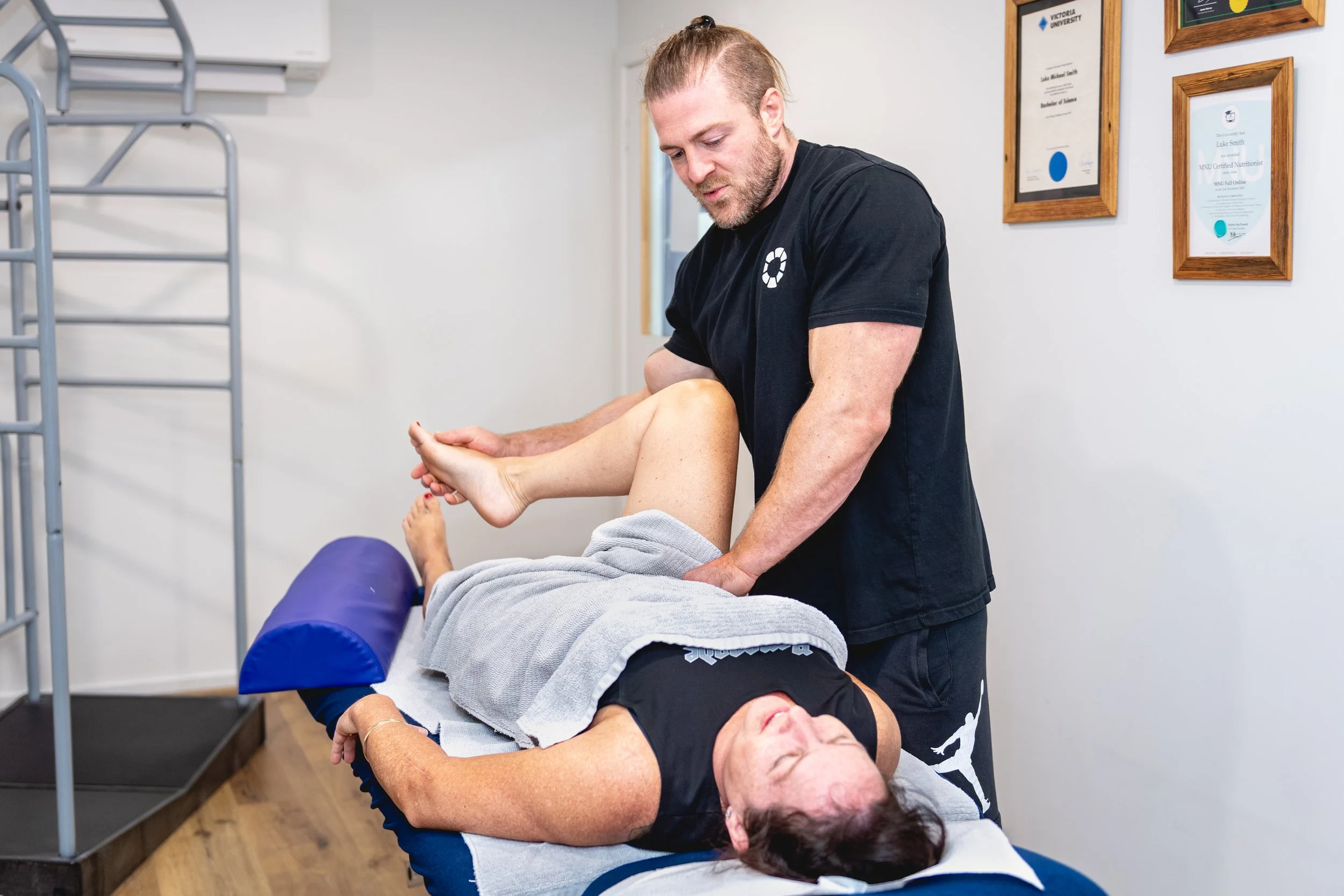Massage for Martial Artists: Enhancing Recovery, Performance & Wellbeing
Why Martial Artists Should Make Remedial Massage a Core Part of Their Training
Martial arts — from MMA to taekwondo — demand exceptional agility, endurance, strength, and flexibility. The physical stress of striking, grappling, and dynamic movement places significant strain on muscles, joints, and connective tissues. Remedial and sports massage therapy offer targeted recovery support, helping keep martial artists at their peak. Here’s how.
The Physical Benefits of Massage for Martial Arts
Speeds Recovery & Eases Muscle Soreness
Massage helps reduce post-training soreness by enhancing blood and lymph circulation, delivering oxygen and nutrients while flushing away metabolic waste.Enhances Flexibility & Mobility
Loosened muscles and fascia improve joint range of motion, crucial for high kicks, sweeps, and grapplesPrevents Injuries
By keeping muscles supple and addressing imbalances, regular massage can reduce risk of sprains, strains, and overuse injuries
Beyond the Physical: The Mind-Body Connection
Stress Reduction & Mental Clarity
Massage activates the parasympathetic nervous system, promoting relaxation, focus, and mental recovery — all essential for performance under pressure.Sharpened Body Awareness
Massage heightens proprioception — helping martial artists better understand and respond to their body's signals during training and competition.
Massage Modalities Tailored for Martial Artists
Sports Massage: Designed to aid athletic performance — for warm-up, recovery, and injury prevention.
Deep Tissue & Trigger Point Therapy: Targets deep muscle layers and releases trigger points from repetitive strain and trauma
Remedial Massage: Assessment-based and personalised to address specific musculoskeletal dysfunction — ideal post-injury or for chronic tension.
Traditional Techniques (Shiatsu, Tui Na, Thai Massage, Varma Kalai): Rooted in martial traditions — using acupressure, assisted stretching, or pressure-point manipulation for holistic healing.
Applying Massage in Your Training Regimen
Pre-Training: A light sports massage or dynamic stretching routine can prepare muscles for activity and reduce injury risk.Post-Training: Deep or remedial massage promotes efficient recovery and prepares the body for the next session.Injury Rehab: Integrating remedial massage into rehabilitation helps restore strength, flexibility, and function quickly.Maintenance: Weekly, fortnightly or monthly massage sessions can help manage chronic tension, improve range of motion, and support long-term resilience.
Who Benefits Most?
MMA & Muay Thai Fighters — for explosive power, heavy training loads, and recovery from bruising and strain.
BJJ, Judo & Wrestling Practitioners — for flexibility, joint mobility, and soft tissue resilience under grappling pressure.
Striking Artists (Boxing, Karate, Taekwondo, Kickboxing) — for preventing shoulder, neck, and limb tension from repetitive striking and footwork.
In Summary
Remedial and sports massage are invaluable allies for martial artists. Whether your art emphasises striking, grappling, or dynamic movement, massage helps you train smarter, recover faster, and avoid injuries — all while honing your mental edge.


